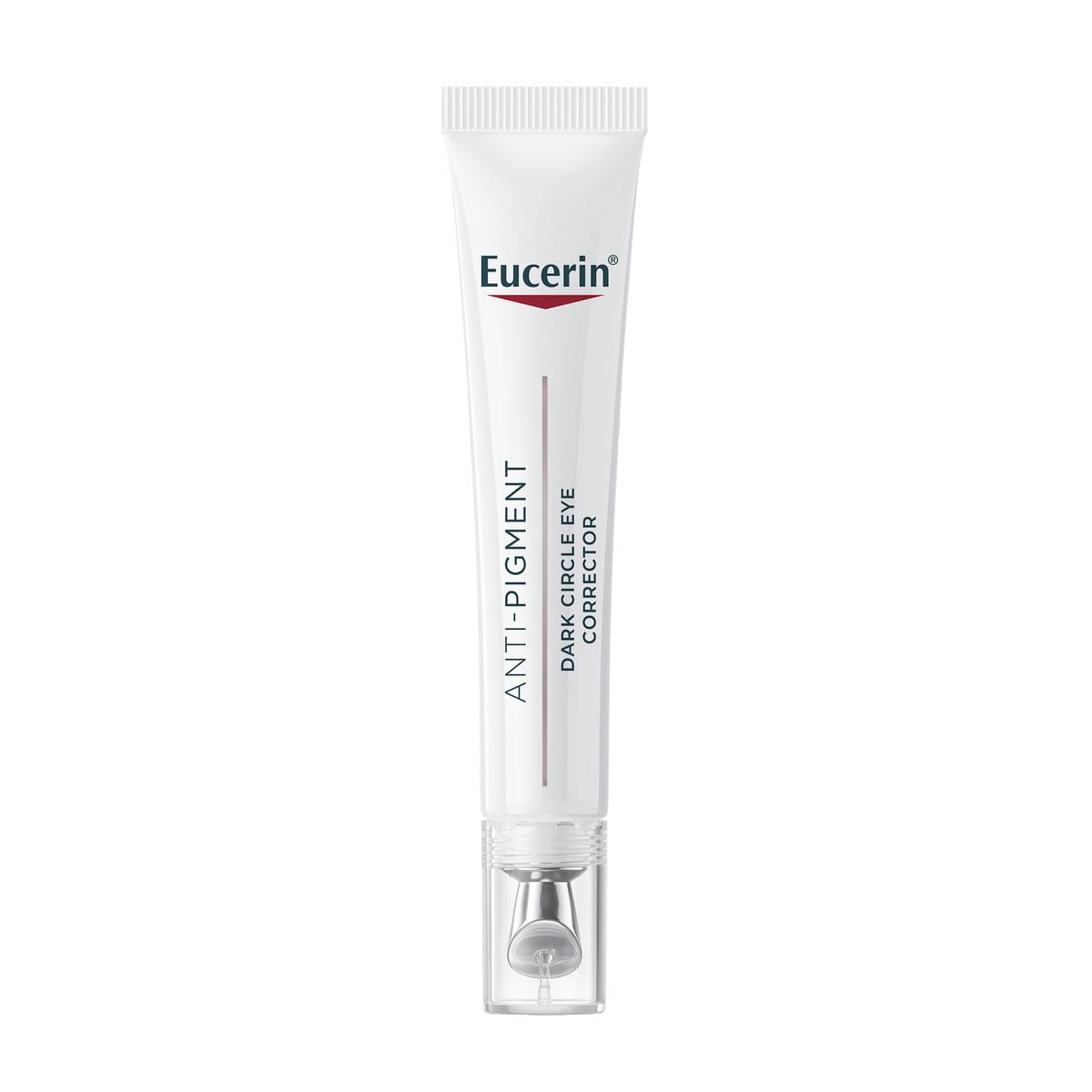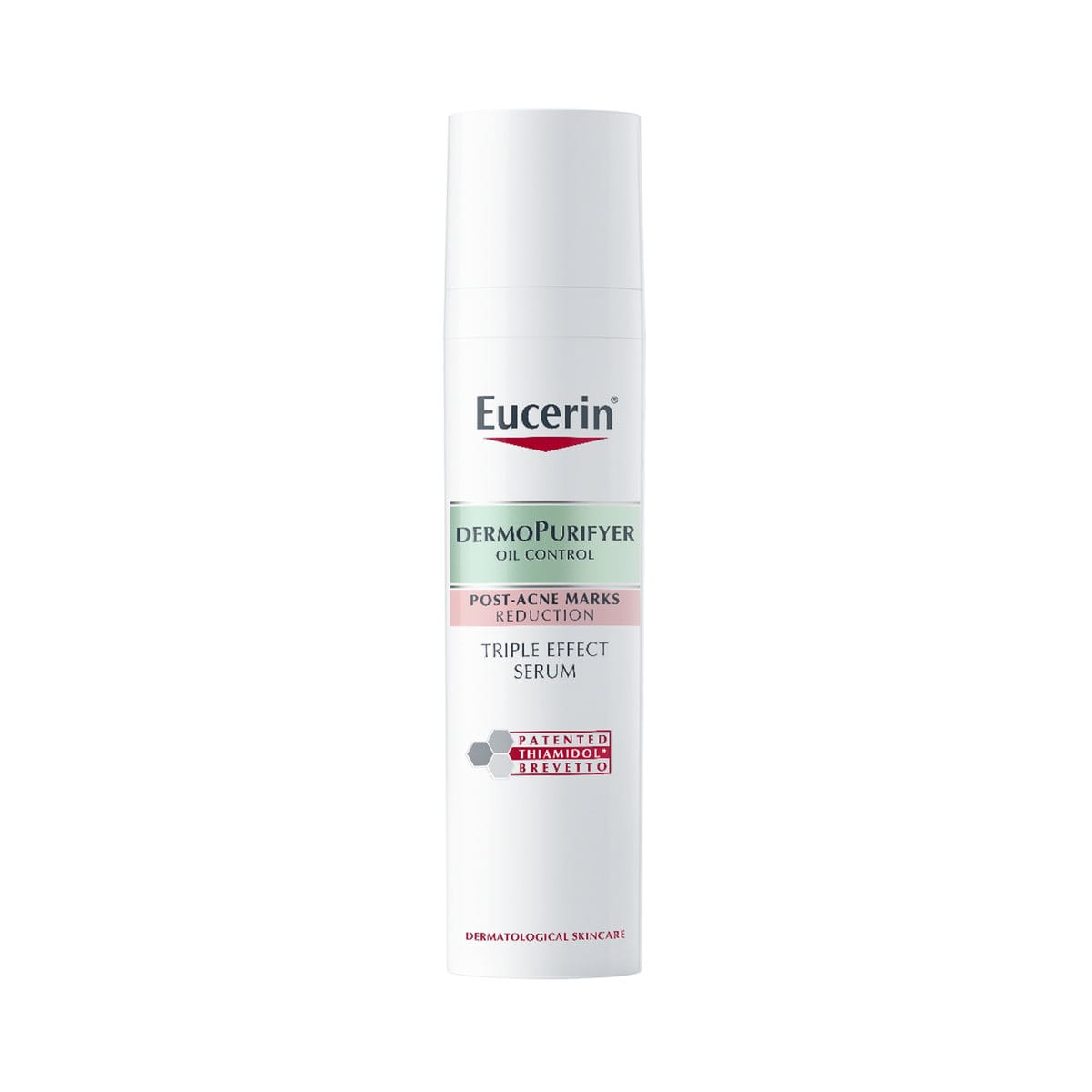A normal skincare routine usually starts with washing our faces clean. This ensures a smooth application of actives, devoid of dirt and impurities. This is what we believe, right? So, what is the new trend of double cleansing, and why is the world slowly adding it to their skin care routine?
While understated, double cleansing isn’t simply a trend; it's a practice. It can prove to be an integral part of your regime to help you address the needs of modern-day skin, that’s exposed to a range of pollutants. These remnants of dirt, sebum, etc can cause buildup and stand to affect the health of your skin further. The solution to this is double cleansing. It is simple, easy and can relay a ton of benefits. So, how to double cleanse and who should do it? Let's learn in the blog below.
Keynotes:
- Double cleansing is a two-step process that involves using a water-based cleanser after an oil-based one for a thorough cleanse.
- The practice meticulously involves removing oil-soluble impurities like makeup, sunscreen, dirt and sebum benefiting acne and oily skin types by preventing buildup.
- Try to incorporate gentle cleansers into your double cleansing routine and make sure to follow proper technique for best results.
- While double cleansing is beneficial for many, individuals with dry and sensitive skin should approach it with care and consult a dermatologist.





